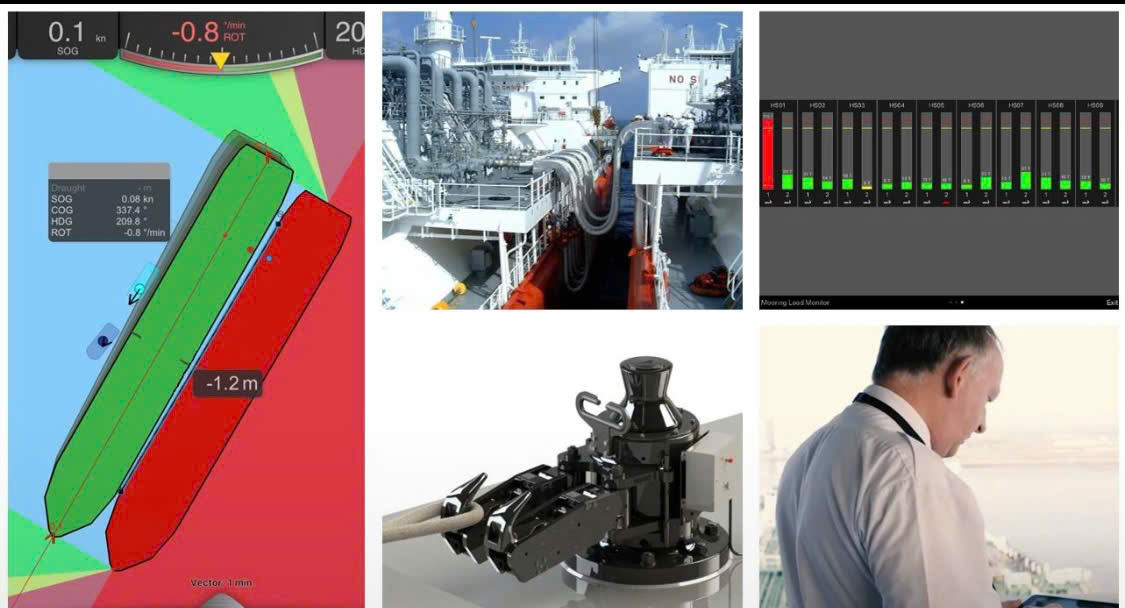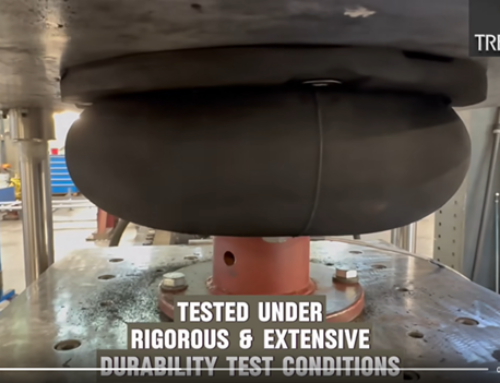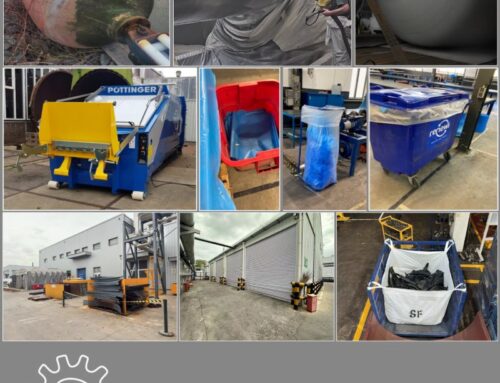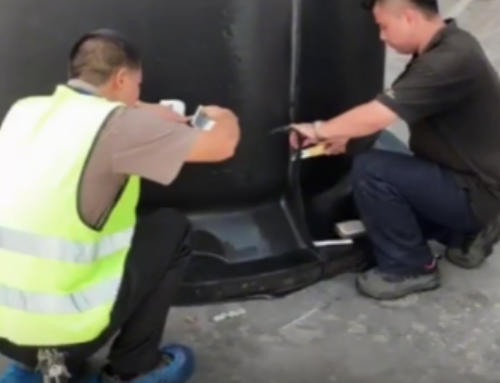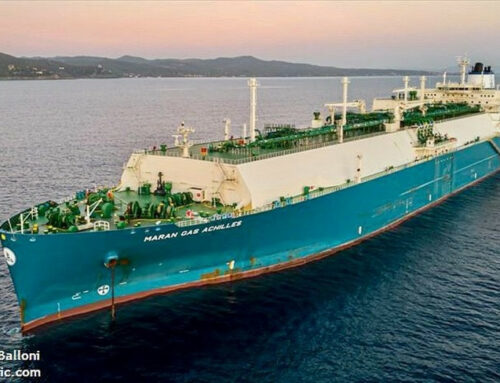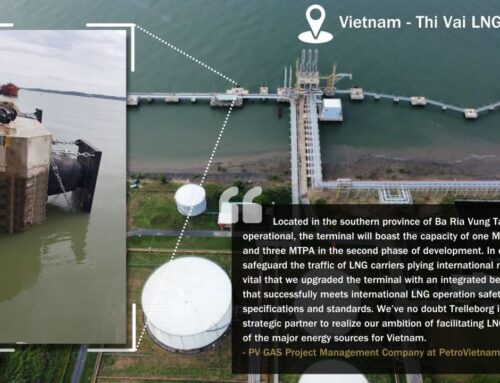Enhancing Safety in Ship-to-Ship LNG Transfers with Trelleborg’s SafePilot Offshore
In ship-to-ship operations involving the transfer of liquefied natural gas (LNG) from a Floating Liquefied Natural Gas (FLNG) vessel to an LNG carrier, precision and safety are crucial. Trelleborg’s SafePilot Offshore system integrates with Quick Release Hooks and Ship-Shore Link systems to improve both the safety and efficiency of these complex operations. Here’s how it works:
SafePilot Offshore employs advanced GPS technology to guide the LNG carrier into perfect alignment with the FLNG vessel, achieving accuracy within centimeters. At the same time, it connects to Quick Release Hooks equipped with load-monitoring sensors. These hooks continuously monitor the tension in the mooring lines, ensuring that the vessels remain securely connected. If conditions become unsafe, the system allows for the remote release of the hooks to prevent accidents.
The Ship-Shore Link system oversees the safe transfer of LNG by sharing critical data such as flow rates and emergency shutdown statuses. SafePilot Offshore consolidates this information with navigation data, including the positions and distances of the vessels, into a single display. This integration enables operators to monitor both the transfer process and vessel alignment, allowing for prompt responses to any issues that may arise.
Both systems feed into Trelleborg’s SmartPort platform, providing operators with a comprehensive overview of the operation. This integration supports real-time decision-making and offers valuable data that can be used to enhance future transfers.
By combining precise navigation, secure mooring, and real-time transfer oversight, Trelleborg’s solutions ensure safe and efficient LNG ship-to-ship operations. Let’s explore further how technology is transforming offshore LNG operations!
